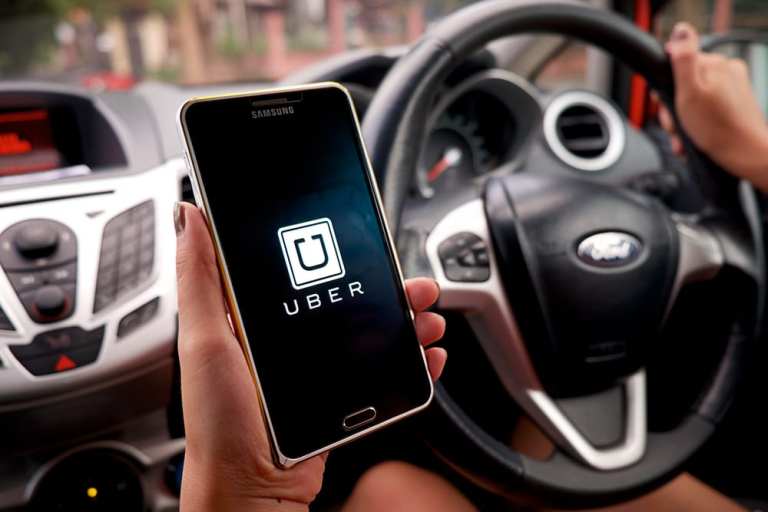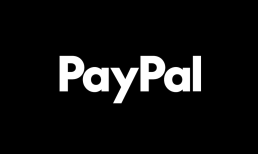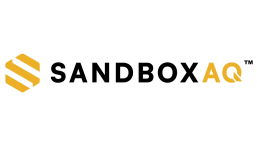Uber’s Growth Slowed But Sees $12 Trillion Market Opportunity

Uber notched a 35 percent year-over-year gain in customers in the last quarter of 2018, but growth slowed in its ride-hailing business; it came in at $2.3 billion in the fourth quarter, flat when compared to the third quarter of 2018.
That’s according to Uber, which late Thursday (April 11) filed its prospectus for its initial public offering (IPO). The document is among the most hotly anticipated releases in the world of digital commerce and payments, and follows rival Lyft’s recent IPO.
The Uber document shows net income in 2018 of $997 million and an adjusted EBITA loss of $1.85 billion. According to the Lyft S-1 filing, that rival rideshare provider had losses of $911 million in the 12 months leading up to its IPO, which stood higher than any other startup in the U.S. that went public. Uber also reported 2018 revenue of $11.27 billion. That compares to Lyft’s 2018 revenue of $2.2 billion.
In the SEC filing, Uber said it expects the slowing growth to continue, which will pressure margins in the short term. It’s necessary to keep its ride-hailing customers in all of the regions where it has operations, reported The Financial Times. “We will not shy away from making short-term financial sacrifices where we see clear long-term benefits,” wrote Dara Khosrowshahi, chief executive, in a letter included in the prospectus, according to the paper.
For 2018 Uber said it had operating losses of $3.03 billion, which excludes gains from the sales of its Russia and Southeast Asia businesses. All told it has lost $12 billion from operations since 2014, noted The Financial Times. Cash burn of $2.1 billion is less than the cash burn of $4.5 billion in 2016, but is still a lot by most measures. Uber laid out an ambitious future despite the cash burn rate and slowing growth in its core ride-hailing business. The company said in the filing that it has a more than $12 trillion market opportunity, with personal mobility a $5.7 trillion opportunity, Uber Eats a $2.8 trillion opportunity and freight a $3.8 trillion opportunity. “We are not even 1 percent done with our work,” Uber’s CEO said in the letter.
Uber did not set the size of its IPO, but The Financial Times reported this week Uber is aiming to raise $10 billion, telling some investors it could be valued at between $90 billion and $100 billion. That’s up from the $76 billion it was valued at in August.
In its prospectus, Uber also broke down its customer base into what it calls “monthly active platform customers,” or MAPC. The company defined that term as “the number of unique consumers who completed a ridesharing or new mobility ride or received an Uber Eats meal on our platform at least once in a given month, averaged over each month in the quarter.” For the fourth quarter of 2018, those MAPCs stood at 91 million, which is 35 percent over the same figure for the fourth quarter of 2017.
As for basic ridership, Uber counted 1.49 billion trips in the fourth quarter of 2018, which is about 37 percent higher than Q4 2017. The company explained that when it comes to those ridership figures, three separate passengers on an UberPool trip would count as three separate rides, while three passengers in an UberX trip – but with a single person paying – would count as just one ride.
For gross bookings, Uber in its IPO prospectus reported $11.48 billion for the fourth quarter of 2018, an approximately 25 percent increase for the same period in 2017. For the Uber Eats food delivery business, gross bookings increased about 129 percent year over year in the fourth quarter of 2018, reaching $2.56 billion.
The prospectus also listed Uber’s major shareholders, a group that includes SB Cayman 2 Ltd., the largest shareholder with a 16.3 percent stake, and Benchmark Capital Partners, which has an 11 percent stake.
Some of Uber’s executives stand to earn a big payout from the IPO. Khosrowshahi and four other top executives will have $380 million worth of stock options if the stock does well following the IPO. Uber’s CEO was granted more than 1.75 million shares which could be worth as much as $170 million, noted The Financial Times.



